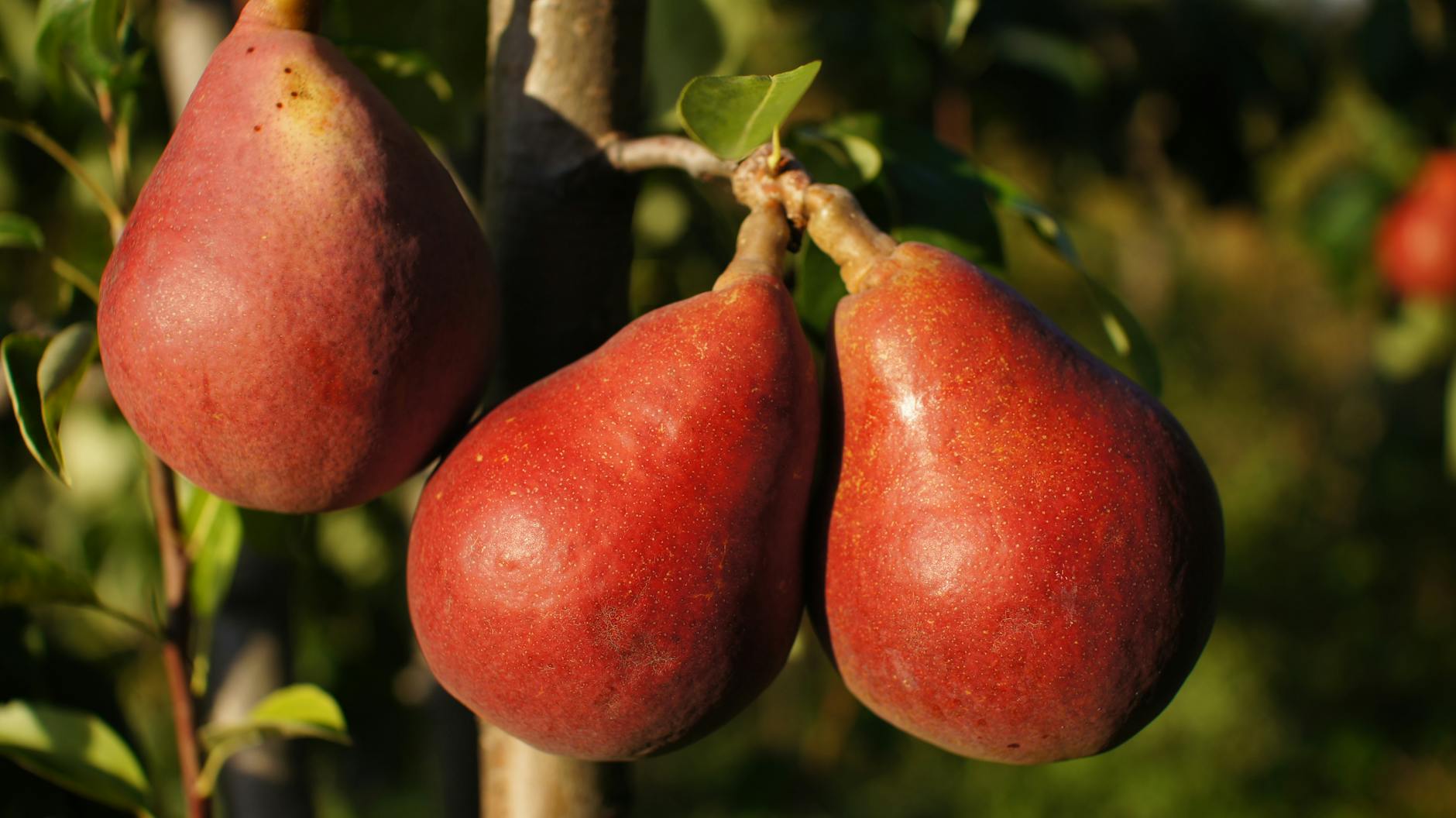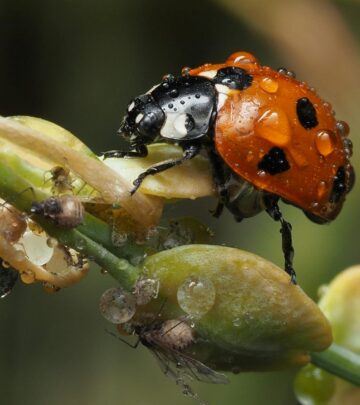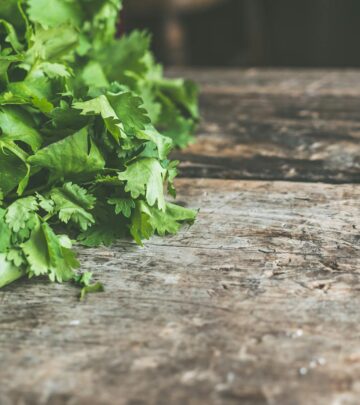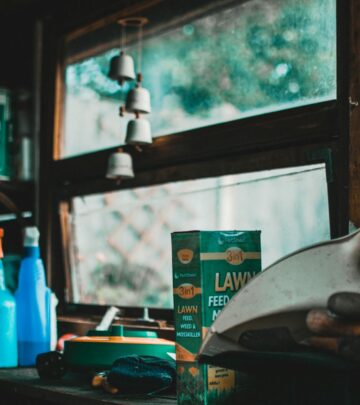Flax Lily Care: Complete Guide To Growing Dianella
Discover how to successfully grow and maintain the versatile and elegant flax lily in your garden landscape

Introduction to Flax Lily: A Versatile Garden Perennial
The flax lily, botanically known as Dianella, is an elegant perennial that brings structure, texture, and a touch of the exotic to gardens across various climate zones. Native to Australia, this versatile plant has gained popularity among gardeners for its striking foliage, adaptability, and low-maintenance nature. With its strappy, arching leaves that create a fountain-like appearance, flax lily serves as an excellent border plant, ground cover, or container specimen.
Flax lilies are particularly valued for their ability to thrive in challenging garden conditions, including dry shade, which makes them ideal solutions for difficult spots where other plants might struggle. Their evergreen nature ensures year-round interest, while seasonal blue-purple flowers and vibrant berries add splashes of color at different times throughout the year.
Flax Lily Basics: Understanding Your Plant
Before diving into cultivation techniques, it’s important to understand what makes flax lily such a remarkable addition to gardens. Belonging to the Asphodelaceae family, Dianella encompasses approximately 40 species, most originating from Australia and the Pacific islands. The plant gets its common name from its resemblance to true flax (Linum) plants, though they’re not botanically related.
Flax lilies typically grow in clumps that reach 2-3 feet in height and spread, featuring strap-like leaves that may be solid green or variegated depending on the variety. Their distinctive blue to purple star-shaped flowers appear on tall stalks during spring and early summer, followed by glossy berries that range from deep blue to purple, providing ornamental interest long after the blooms have faded.
Popular Varieties of Flax Lily
Several varieties of flax lily are commonly available in nurseries and garden centers:
- Dianella tasmanica – The Tasmanian flax lily, featuring broad green leaves and reaching 2-3 feet tall
- Dianella tasmanica ‘Variegata’ – Displaying cream-striped leaves that brighten shady areas
- Dianella caerulea – The blue flax lily, known for its particularly vibrant blue flowers and berries
- Dianella revoluta – The black-anther flax lily, recognized for its twisted leaves and drought tolerance
- Dianella ‘Little Rev’ – A compact variety perfect for smaller gardens or container planting
Growing Conditions: Where Flax Lily Thrives
Climate and Hardiness
Flax lilies are perennial in USDA hardiness zones 9-11, where they can remain evergreen year-round. In cooler regions (zones 7-8), they may die back in winter but typically return in spring. Gardeners in zones 6 and below can enjoy flax lilies as container plants brought indoors during winter or as annuals.
Light Requirements
One of the most appealing aspects of flax lily is its adaptability to various light conditions. In regions with hot, dry summers, they perform best in full shade or dappled light. In cooler climates, they can tolerate partial sun, receiving morning light and afternoon shade. Some varieties, particularly those with variegated foliage, may develop more pronounced coloration with increased (but not harsh) light exposure.
Soil Preferences
Flax lilies aren’t particularly fussy about soil type, thriving in everything from sandy to clay soils as long as proper drainage is maintained. They perform optimally in well-draining, loamy soil with moderate organic content. While they can adapt to poor soil conditions, amending heavy clay soils with compost or sand will improve drainage and promote healthier growth.
Water Needs
Established flax lilies showcase impressive drought tolerance, making them excellent choices for water-wise gardens. During their establishment period (typically the first growing season), they benefit from regular watering to maintain consistently moist (but not soggy) soil. Once established, they only require supplemental watering during extended dry periods.
Planting Flax Lily: Setting the Foundation
When to Plant
The ideal time to plant flax lily is during spring or early fall when temperatures are moderate. This timing allows the plant to establish its root system before facing the extremes of summer heat or winter cold. In mild climates, flax lilies can be planted nearly year-round, avoiding only the hottest summer months.
Planting Process
To plant flax lily successfully, follow these steps:
- Dig a hole twice as wide and as deep as the root ball of your plant
- If soil drainage is poor, incorporate compost or sand to improve structure
- Gently remove the plant from its container and loosen any circling roots
- Place the plant in the hole so the top of the root ball is level with the surrounding soil
- Backfill with soil, firming gently to eliminate air pockets
- Water thoroughly to settle the soil around the roots
- Apply a 2-3 inch layer of mulch around the plant, keeping it away from the stems
Spacing Considerations
When planting multiple flax lilies, space them approximately 2-3 feet apart to accommodate their mature spread. For a denser appearance in less time, plants can be spaced closer together (18-24 inches), but they may require division sooner as they grow and compete for resources.
Flax Lily Care: Maintenance Practices
Watering Routine
Proper watering is crucial for flax lily health, especially during its establishment phase. Water newly planted specimens deeply 2-3 times per week during the first month, then gradually reduce frequency as roots develop. Established plants benefit from morning watering that allows foliage to dry before evening, reducing disease risk. During hot summer months, increase watering frequency, while cutting back significantly during cooler, wetter seasons.
Fertilization Strategy
Flax lilies aren’t heavy feeders, but they appreciate occasional nutrient boosts. Apply a balanced, slow-release fertilizer formulated for acid-loving plants in early spring as new growth emerges. In areas with poor soil, a second light application in early summer can promote vibrant foliage and flowering. Organic options like compost tea or diluted seaweed extract provide gentler alternatives to chemical fertilizers.
Pruning and Grooming
Regular grooming keeps flax lilies looking their best. Remove damaged or browning leaf blades by cutting them at the base rather than just trimming the tips. After flowering, deadheading spent blooms encourages energy redirection to foliage and potentially triggers additional blossoming. Every few years (typically every five), more extensive rejuvenation pruning can be performed by cutting the entire plant back to about 6 inches from the ground in late fall or early spring.
When performing maintenance, it’s beneficial to clear accumulated debris and mulch from the plant’s base to improve air circulation and reduce pest habitat. This simple practice significantly contributes to plant health by preventing crown rot and other moisture-related issues.
Mulching Practices
Apply a 2-3 inch layer of organic mulch around flax lilies to conserve moisture, suppress weeds, and gradually improve soil quality as it decomposes. Keep mulch pulled back slightly from the plant’s crown to prevent rot issues. Shredded bark, pine straw, or compost all make excellent mulching materials for flax lilies.
Propagation: Expanding Your Collection
Division Method
The most reliable method for propagating flax lily is through division. Every 3-5 years, mature clumps can be divided in early spring or fall. To divide:
- Water the plant thoroughly the day before division
- Dig up the entire clump, preserving as much of the root system as possible
- Use a sharp knife or spade to separate the plant into smaller sections, ensuring each division has both roots and shoots
- Trim damaged roots and foliage
- Replant divisions promptly at the same depth as the original plant
- Water thoroughly and maintain consistent moisture until established
Seed Propagation
While less commonly practiced, flax lilies can be grown from seed. Collect ripe berries in late summer, extract and clean the seeds, then sow them in a seed-starting mix. Germination may be slow and irregular, often taking several weeks to months. Seedlings typically don’t display the exact characteristics of the parent plant, making this method less desirable for propagating named varieties or cultivars.
Troubleshooting: Common Problems and Solutions
Pest Issues
Flax lilies are relatively pest-resistant, but they occasionally face challenges from:
- Scale insects – Treat with horticultural oil or insecticidal soap
- Spider mites – Increase humidity and apply miticide if infestation is severe
- Snails and slugs – Set up traps or apply pet-safe slug bait around plants
Disease Concerns
Potential diseases affecting flax lily include:
- Leaf spot – Remove affected foliage and improve air circulation
- Crown rot – Ensure proper drainage and avoid overwatering
- Rust – Apply fungicide according to package directions and remove infected plant parts
Environmental Stress
Environmental factors that may affect flax lily performance include:
- Sunburn – Indicated by bleached or brown patches on leaves; move to a shadier location
- Frost damage – Protect plants with frost cloth during unexpected cold snaps
- Nutrient deficiency – Yellowing leaves may signal nitrogen deficiency; apply balanced fertilizer
Landscape Uses: Designing with Flax Lily
Flax lilies offer remarkable versatility in landscape design. Their architectural form makes them excellent choices for:
- Mass plantings under trees or along shaded borders
- Container specimens on patios or porches
- Woodland garden accents
- Low-maintenance foundation plantings
- Erosion control on slopes
They pair beautifully with ferns, hostas, heucheras, and other shade-loving perennials. In garden design, flax lilies provide valuable textural contrast to broader-leaved plants and can act as a transitional element between different garden areas.
Seasonal Interest: Year-Round Appeal
One of flax lily’s greatest attributes is its ability to provide garden interest throughout the seasons. In spring, new growth emerges with fresh vigor. Summer brings delicate star-shaped flowers on arching stems, followed by ornamental berries that persist into fall. The evergreen foliage maintains structure and color through winter in milder climates, making flax lily a true four-season performer.
Frequently Asked Questions
Q: Will flax lily survive winter in cold climates?
A: Flax lily is reliably perennial in USDA zones 9-11. In zones 7-8, it may die back but typically returns in spring. In colder regions, it’s best grown as a container plant that can be brought indoors during winter.
Q: How often should I water my flax lily?
A: Newly planted flax lilies need regular watering (2-3 times weekly) until established. Mature plants are drought-tolerant but appreciate deep watering during extended dry periods. Always adjust your watering schedule based on rainfall and seasonal conditions.
Q: Why are my flax lily’s leaf tips turning brown?
A: Brown leaf tips often indicate drought stress, low humidity, or salt buildup from fertilizers. Ensure consistent moisture, improve humidity if growing indoors, and flush the soil occasionally to remove salt accumulation. Remove affected leaves by cutting them at the base.
Q: Do flax lilies spread aggressively?
A: Flax lilies form slowly expanding clumps but are not considered aggressive spreaders. They typically grow to form dense, well-behaved mounds that can be divided every 3-5 years if desired.
Q: Are flax lilies deer-resistant?
A: Yes, flax lilies are generally not preferred by deer, making them excellent choices for gardens in areas with high deer pressure.
With their striking form, adaptability, and low maintenance requirements, flax lilies deserve consideration in virtually any garden where their hardiness requirements can be met. Whether used as specimen plants or in mass plantings, they offer reliable performance and distinctive beauty that improves with age.
References
- https://www.thespruce.com/how-to-grow-and-care-for-flax-lily-5077986
- https://www.hoeandshovel.com/2011/05/flax-lily-how-to-maintenance.html
- https://www.ozbreed.com.au/the-comprehensive-guide-to-maintaining-dianella/
- https://gardeningsolutions.ifas.ufl.edu/plants/ornamentals/flax-lily/
- https://www.gardenstylesanantonio.com/plants/flax-lily/
Read full bio of medha deb




















Community Experiences
Join the conversation and become a part of our empowering community! Share your stories, experiences, and insights to connect with other beauty, lifestyle, and health enthusiasts.